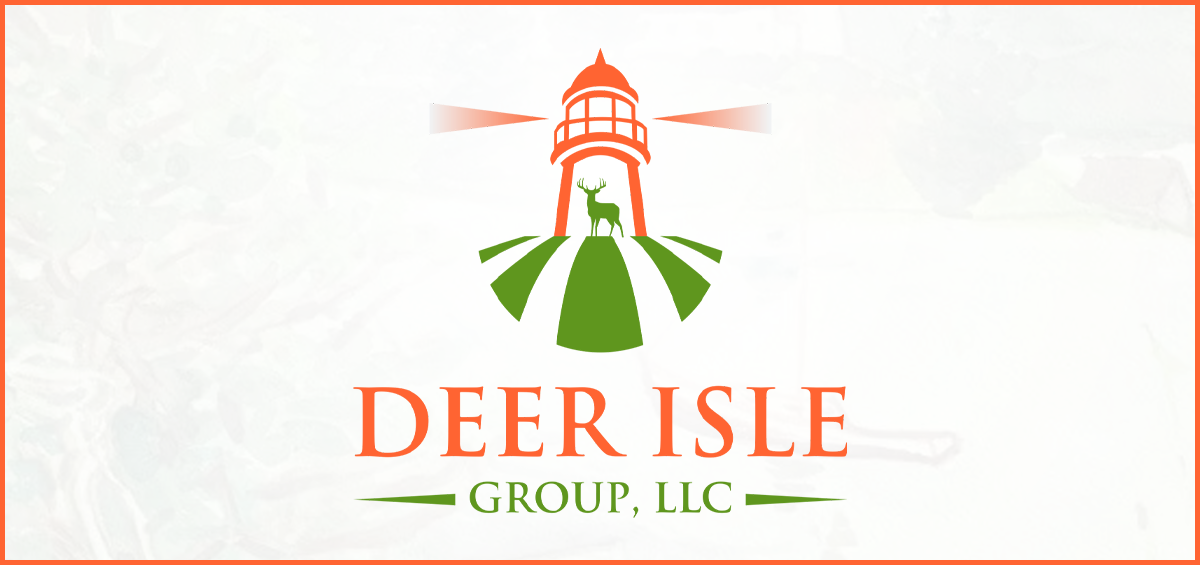INSTITUTIONAL QUALITY CAPITAL MODELING: 3 Components for Best Practices

Most investment opportunities require an “institutional” quality model to effectively convey the investment proposition and obtain best outcomes. A successful model is the financial guidepost that tells the investment story using numbers.
An institutional model that incorporates best practice typically has 3 components. Each of these components should be clearly delineated and easy to identify. Often, each component is on a separate sheet of a spreadsheet, but they can also be on the same sheet if they are clearly separated.
Assumptions: Model assumptions should be focused on supporting and articulating the main investment drivers. This is critical for potential Capital Providers to understand the investment drivers that the Capital Seeker believes are most important to understanding potential returns and risk. A Capital Provider will assume the model arithmetic is correct, so the biggest differentiator of a model that generates trust versus too much skepticism is how clearly the major assumptions are defined, presented accessibly, and how well they are supported.
Output: It is important for a potential Capital Provider to understand the model in a summary format so that they understand the big picture of the opportunity and don’t get lost in the details. The Output section often contains a valuation analysis as well as scenario analyses. The variables that are chosen for the scenario analyses will let the potential Capital Provider understand how important assumptions can change the valuation and risk, allowing the Capital Provider to do a “risk-adjusted return” analysis. Scenarios also engender trust, since they allow the Capital Provider to input their own or third-party assumptions and not just a “base case.”
Detailed Model: Usually, institutional modeling requires more detail than the summary Output might contain. For example, a Detailed Model might show monthly numbers for the 1st year, quarterly numbers for the 2nd year and annual numbers for the 3rd year. The Output would just show annual numbers, and if a Capital Provider wanted more detail, they would check the Detailed Model for the monthly or quarterly numbers. The Output might contain a single line for revenue, while the Detailed Model might break revenue down into price and a few inputs for volume. There is a fine line between too much detail and not enough detail, so it is often advisable to have a person who has gone through institutional due diligence help with this process.
A well-constructed model can be the difference between obtaining the best closing outcomes and not. A potential Capital Provider needs to understand the investment proposition through a financial perspective and an institutional model that helps provide clarity.



